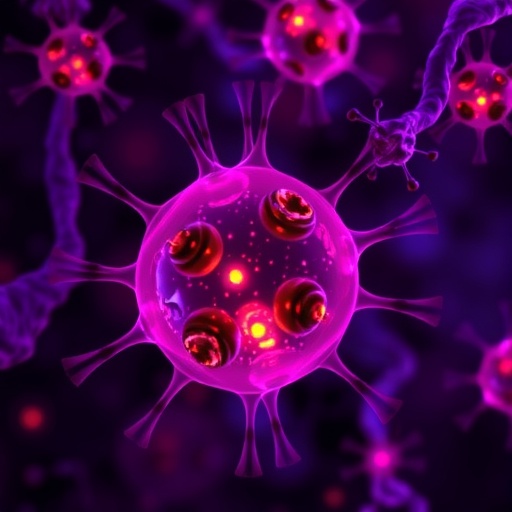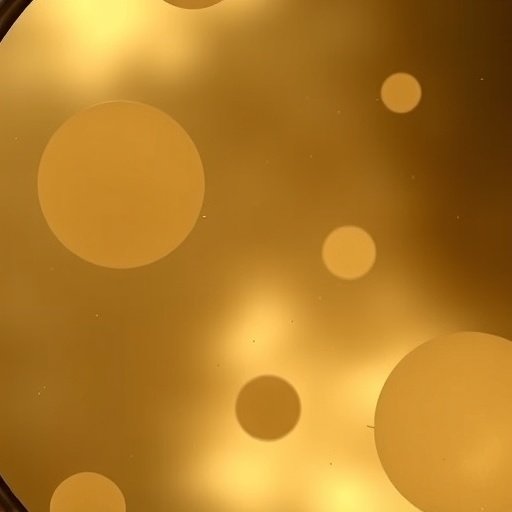Scientists have observed for the first time what it looks like in the key memory region of the brain when a mistake is made during a memory trial. The findings have implications for Alzheimer’s disease research and advancements in memory storage and enhancement, with a discovery that also provides a view into differences between the physiological events in the brain during a correct memory versus a faulty one.
The study was published today in the journal Nature Communications.
In both correct and incorrect recall of a spatial memory, researchers could observe patterns of cell activation in the brain that were similar, though the pace of activation differed.
“We could see the memories activating,” said Laura Colgin, an associate professor of neuroscience at The University of Texas at Austin and lead author of the paper. “It’s like dominoes falling. One cell activates and then the next fires.”
Colgin and her team used electrophysiological recordings of rats in and out of mazes to study signals in the brain as the rats attempted to remember where a food reward was located and find it.
When rats remembered where the food reward was and located it, a specific pattern of brain cells activated with similar timing. These cells, called place cells, are associated with memories involving spatial relationships and locations and are found in the hippocampus, a section of the brain where animals including humans store most of their memories. It is also a region of the brain that experiences degeneration in patients with Alzheimer’s and related memory disorders.
“If we understand what happens when a memory is not properly retrieved, it may give us insights into what is happening with memory disorders like Alzheimer’s,” Colgin said.
What the researchers saw in rats when they got the location wrong surprised them. They expected to see cells fire in a jumble. What they saw was the same pattern observed when rats were correct in finding the location, but the timing of the cell activation was different.
“The activation started later and it was slower, but the same pattern fired,” Colgin said. “There may be less energy in the network to drive the cells, and that may be why memory was not connected with action.”
The study also found that on trials when rats remembered the correct location, they were accessing the memory of the location while they were resting between tests, causing the pattern of cells to activate as they waited, the way a person might practice a speech before giving it.
On trials when rats made mistakes, they did not activate the memory of the location before they entered the maze.
One of the lab’s long-term goals is to contribute to understanding memory formation and retrieval enough that one day, lost memories could be accessed even by people with memory disorders with the help of brain-computer interface technology.
“If we can understand how these large ensembles of neurons that represent memories are formed and what’s happening when these memories are being properly retrieved, someday we may be able to decipher and store memories,” Colgin said.
Colgin and her team plan to continue the research and hope to be able to decode memory formation and activation in real time in rats.
###
Chenguang Zheng (now a faculty member at Tianjin University in China), Ernie Hwaun (now a postdoctoral researcher at Stanford University) and Carlos A. Loza at UT Austin also contributed to the research. Support for Colgin’s research came from the National Institutes of Health and the National Science Foundation.
Media Contact
Marc Airhart
[email protected]
Related Journal Article
http://dx.





